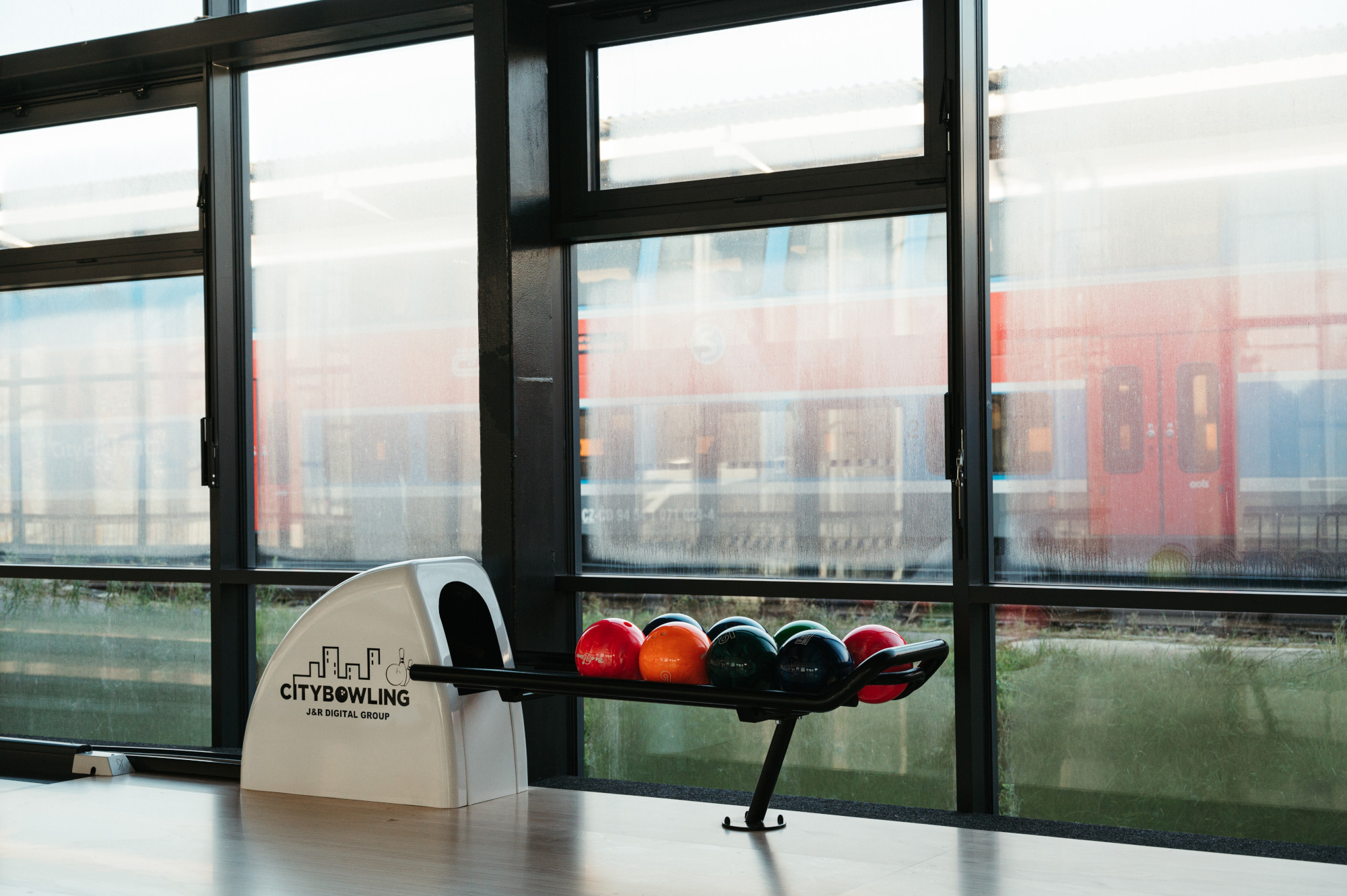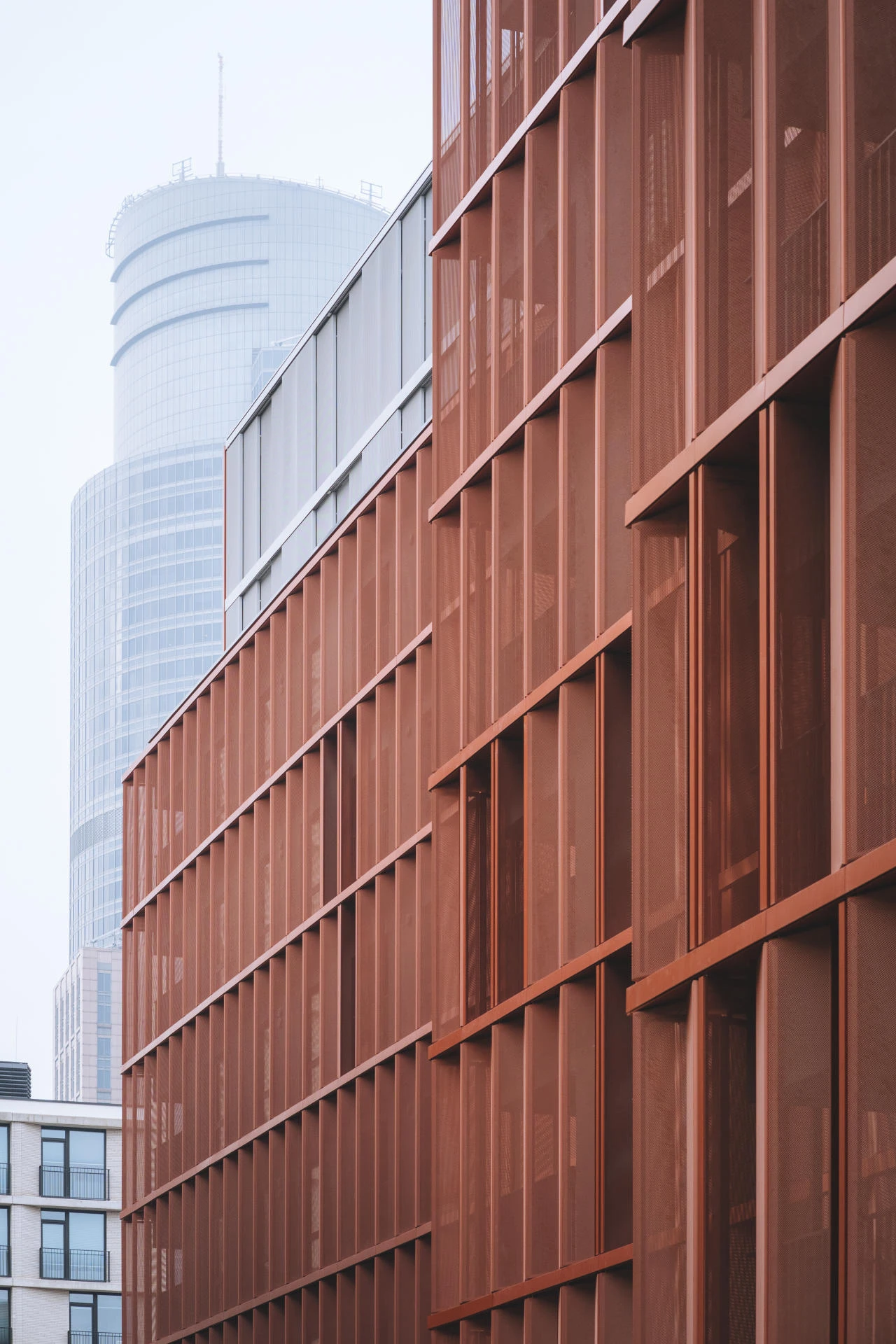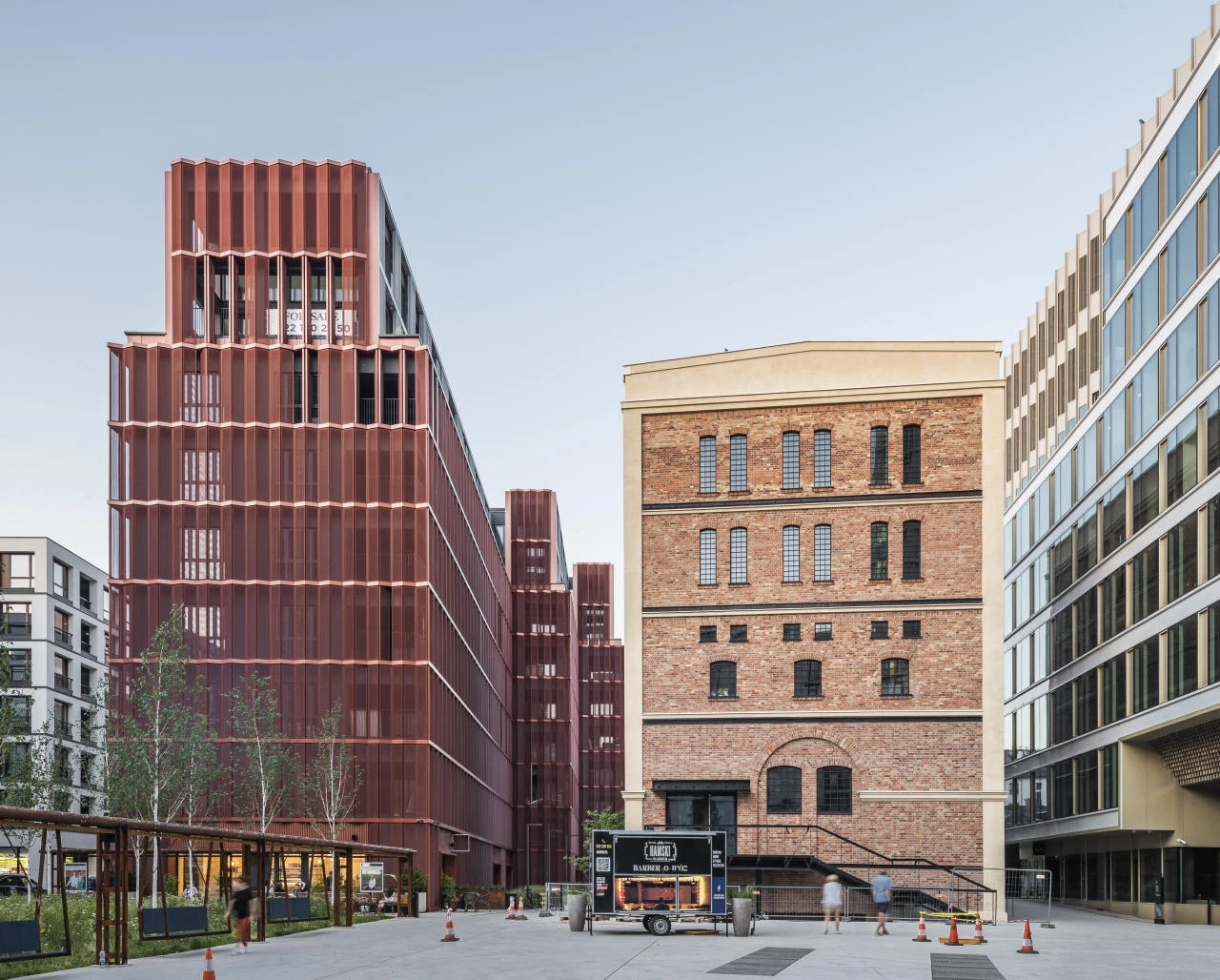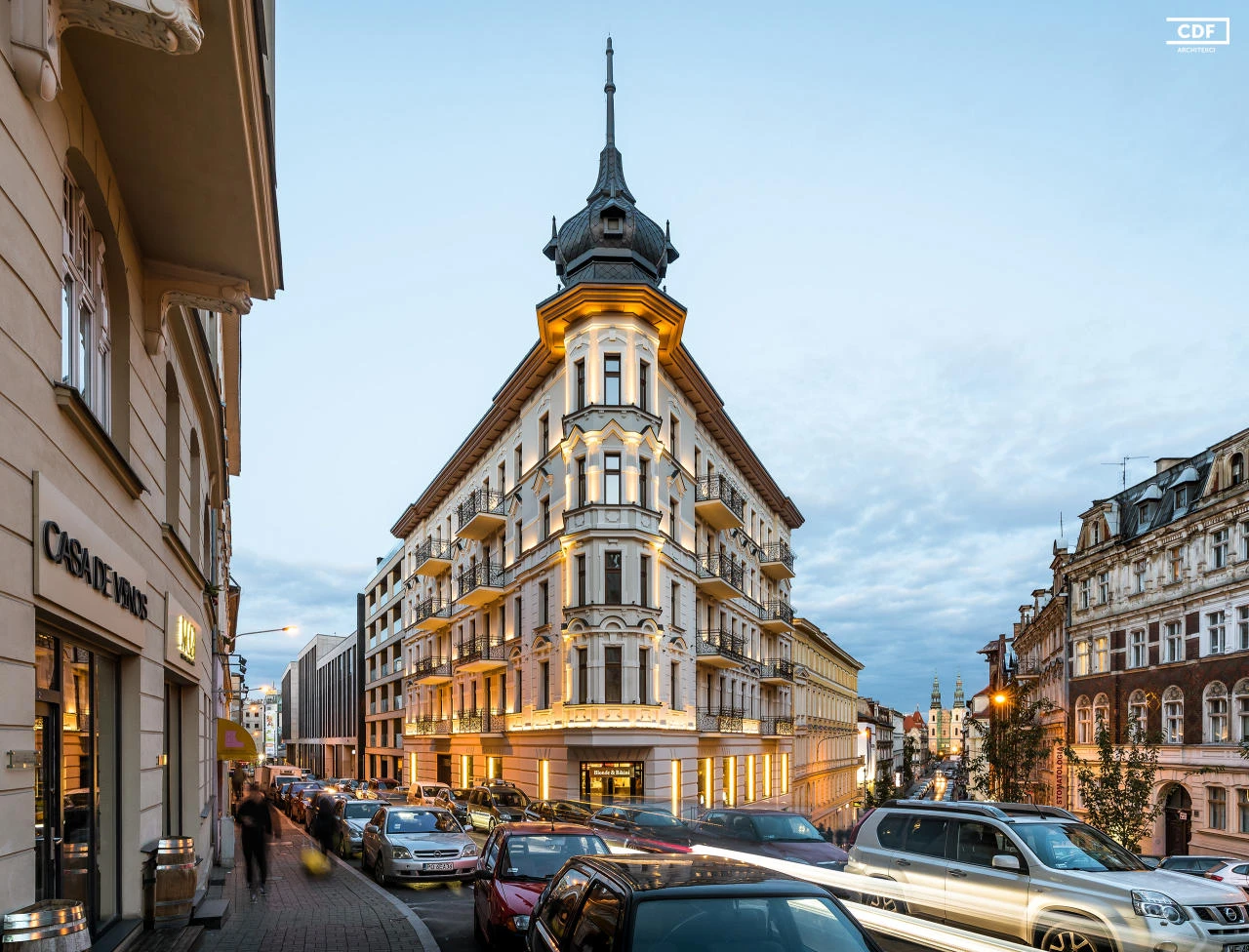Renovation – a way to improve the energy efficiency of buildings and reduce operating costs
Renovating existing buildings is not just a way to restore their current functionality and visual appeal, it is an important route to enhancing their energy efficiency. Discover specific examples of renovations that realistically increase a building's energy efficiency and reduce the operating costs.
Improving a building's energy efficiency through renovation aligns with the objectives of the European Parliament and Council Directive (EU) 2018/844, which obliges EU member states to support the renovation of existing buildings to achieve a high rate of energy efficiency.
 Railway station building, Havířov, Czech Republic. Systems used: MB-70HI, MB-SR50N
Railway station building, Havířov, Czech Republic. Systems used: MB-70HI, MB-SR50N
Low-emission buildings
The long-term renovation strategy for buildings – applicable to EU member states – aims to achieve energy efficiency in renovated buildings at a level of nearly net-zero energy consumption. This is expected to happen by 2050.
The renovation of buildings and the achieving of the energy efficiency indicators set by the European Parliament is a significant infrastructure challenge for each member state. Implementing the directives requires coordinating legal regulations related to, for example, the renovation of historic buildings, as well as the sources of funding for such projects. Achieving the required energy efficiency while preserving the original design intentions of the building can also pose significant challenges for the architects and contractors responsible for the renovation.
Towards energy savings
Although European requirements may seem strict, publicly available data indicates that they are a necessity. It is estimated that 75% of buildings in the EU are energy-inefficient, and renovating them could reduce energy consumption by 5-6% across the EU.
Currently, the level of building renovations in member states is alarmingly low. On average, the rate fails to exceed 1% of the country’s buildings, and in individual member states it ranges from 0.4% to 1.2%. What are the reasons for such a low level of building renovation, including those related to public utility buildings? It certainly is partly due to the sources of funding, but another significant barrier may be the insufficient knowledge about modern architectural and technological solutions that can restore the architectural splendour of a building, enhance its energy efficiency, and reduce its operating costs.
We present two interesting examples of such revitalisations here.
The modern functionality of the railway station building in Havířov, Czech Republic
There are plenty of examples nearby that showcase the modern solutions used for enhancing the energy efficiency of renovated buildings. The evidence of this is the revitalisation of the Havířov railway station. Our renovation has led to an increase in the building's energy efficiency and, above all, to the restoration and even expansion of its functional purposes.
The building, dating from the mid-20th century, has finally received a fresh image after nearly 50 years of slow deterioration. The station building has maintained its industrial character, which is evident in the numerous glass walls, thanks to the use of modern material solutions, such as windows and doors with Aluprof aluminium systems that enhance the thermal insulation. In addition, it has gained a significant expansion of its public functionality. The current station building in Havířov is now a sports and recreational complex as well. The advantage of this investment is the creation of a new recreational centre for the city's residents and the improvement of the building's energy efficiency, which seemed to be doomed.

The station building in the city of Havířov, Havířov, Czech Republic. Systems used: MB-70HI, MB-SR50N
A return to the industrial roots in Browary Warszawskie
Another example is the revitalisation of Browary Warszawskie in the capital of Poland, where the former character of this unique space has been preserved by using modern Aluprof products, one of the leading manufacturers of aluminium systems in Europe.
The building, dating from the mid-19th century and which has for many years seemed to be a forgotten location in the capital of our northern neighbour, has now regained its splendour in recent years.

Apartments on Warzelnia – Browary Warszawskie, Warsaw, Poland. Systems used: MB-77HS, MB-86 ST.
The use of modern systems in the renovation process played a significant role in the return of this complex of buildings to its industrial roots. An example is MB-SR50N EFEKT on the semi-structural facade, which allows for a flat glass wall effect that harmonises with the industrial style while providing high thermal performance for the building.
“Thanks to the use of Aluprof aluminium windows and facades in the renovation of Browary Warszawskie, the project has acquired an attractive industrial appearance that aligns with the concept of energy-efficient, eco-friendly construction,” said Tomáš Buček, project manager at Aluprof System Czech s.r.o.

Offices on Warzelnia – Browary Warszawskie, Warsaw, Poland. Systems used: MB-SR60N, MB-SR50N EFEKT, MB-SR50N OW, MB-86, MB-SR60N, MB-77HS
A new, energy-efficient dimension of the past
The key to achieving high energy efficiency in prestigious historic buildings while referencing the original architecture is the use of modern, ultra-light aluminium systems for windows and doors. They guarantee a high level of flexibility and adaptability to the demanding architectural requirements of the heritage site, as well as providing the highest degree of thermal insulation, which is crucial in the pursuit of increased energy efficiency for the building and reducing its operating costs.
In the context of the renovation of historic buildings, the MB-SR50N INDUSTRIAL product line is certainly effective – a system designed for constructing and implementing lightweight curtain walls. It allows for the creation of aesthetically pleasing glazed facades with narrow division lines, while ensuring the strength and durability of the structure. In combination with the high levels of thermal insulation, these products fully meet the market requirements for the renovation of historic buildings.
“Developers will appreciate the benefits of using technologically advanced aluminium constructions, which have an impact on the operating costs,” says Tomáš Buček.

Żelazko tenement house, Poznań, Poland. Systems used: MB-70, MB-70US, MB-70US HI, MB-86 SI, MB-SR50N EFEKT, MB-60E EI
The catalogue of products dedicated to the renovation of public buildings is complemented by window systems with narrow profiles (e.g. from the MB-FERROLINE line), which imitate steel joinery, harmonising with the character of the former building. The thermal barrier used guarantees a high degree of thermal protection for the structure, as well as high sealing against water penetration and air infiltration, which is crucial in the context of the building's energy efficiency.
Let’s build a better future!
Investments in the renovation of public utility buildings are cost-effective due to the elimination of the costs associated with constructing new premises and, above all, through the increase in energy efficiency and the utilisation of existing spaces. In the case of historic buildings, the potential for savings in final energy consumption and its costs is extremely significant. It can range from 50% to even 93% on an annual basis. Given the above indicators, it is clear that the use of modern systems in renovation allows for the re-adaptation of existing building resources and is also an environmentally friendly action.
